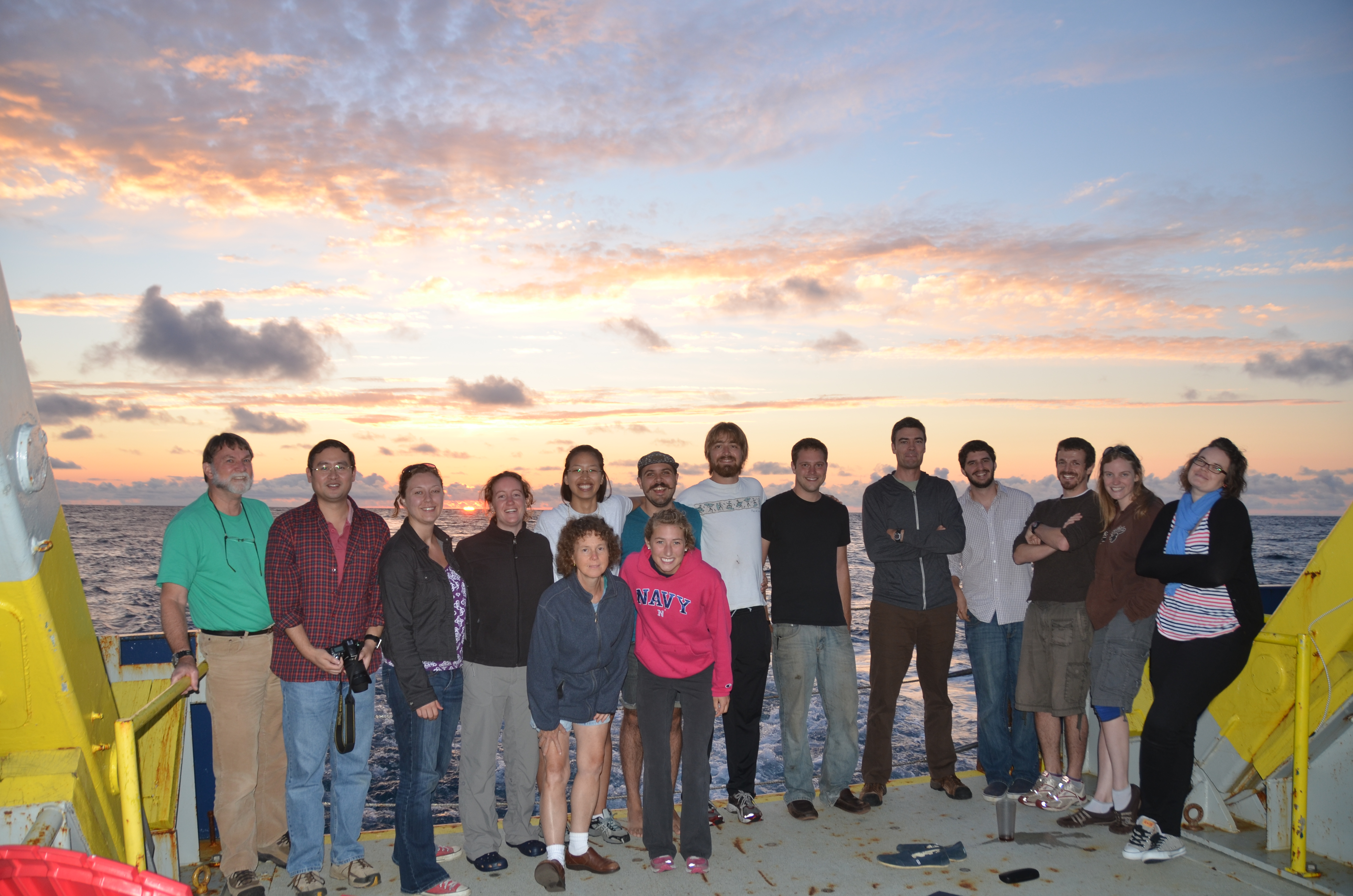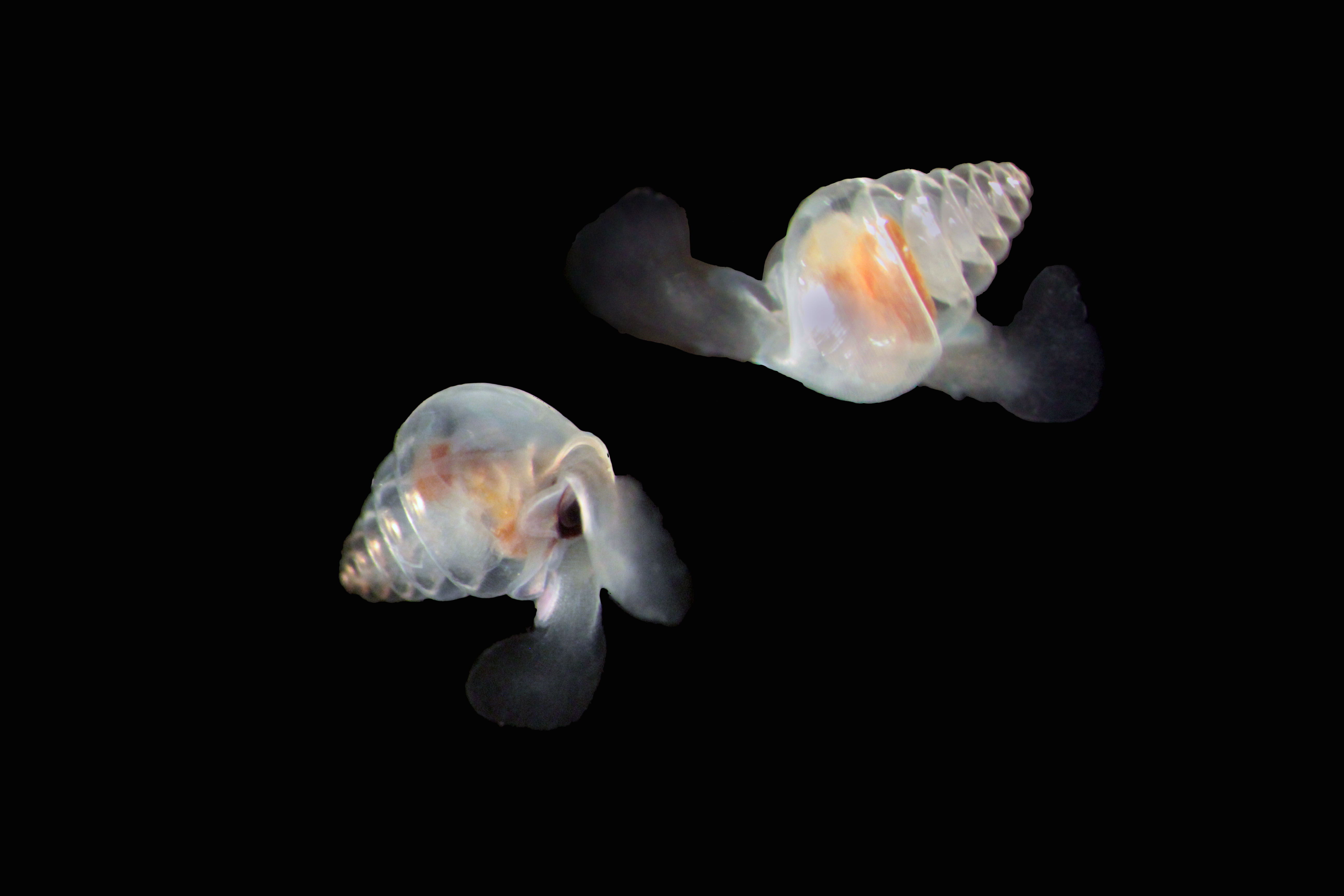Horizontal and Vertical Distribution of Thecosome Pteropods in Relation to Carbonate Chemistry in the Northwet Atlantic and Northeast Pacific
The impact of ocean acidification on marine ecosystems represents a vital question facing both marine scientists and managers of ocean resources. Thecosome pteropods are a group of calcareous planktonic molluscs widely distributed in coastal and open ocean pelagic ecosystems of the world’s oceans. These animals secrete an aragonite shell, and thus are highly sensitive to ocean acidification due to the water column’s changing carbonate chemistry, and particularly the shoaling of the aragonite compensation depth at which seawater becomes corrosive to aragonite. In many regions, however, relatively little is known about the abundance, distribution, vertical migratory behavior, and ecological importance of pteropods. Assessing the likely ecosystem consequences of changes in pteropod dynamics resulting from ocean acidification will require a detailed understanding of pteropod distribution and abundance relative to changing aragonite saturation in the water column.
The primary objective of this project is to quantify the distribution, abundance, species composition, shell condition, and vertical migratory behavior of oceanic thecosome pteropods in the northwest Atlantic and northeast Pacific, and correlate these quantities to hydrography and concurrent measurements of carbonate chemistry, including vertical and horizontal distributions of aragonite saturation. In particular, the project will capitalize on present-day variability in the depth distribution of aragonite saturation levels within and between the Atlantic and Pacific Oceans as a ‘natural experiment’ to address the hypotheses that pteropod vertical distribution, species composition, and abundance vary as the compensation depth becomes shallower. Secondary objectives are to develop acoustic protocols for the remote quantification of pteropod abundance for future integration into ocean acidification monitoring networks, and to characterize carbonate chemistry and nutrients along portions of two WOCE/CLIVAR Repeat Hydrography transects (A20 in the Atlantic and P17N in the Pacific) to identify decadal-scale changes in the carbonate system. These hypotheses and objectives will be addressed through two cruises along survey transects between 35 and 50°N in the northwest Atlantic and northeast Pacific involving a combination of station-work and underway measurements, and a comprehensive array of instruments, including acoustic, optical, net, hydrographic, and carbonate chemistry sensors.

